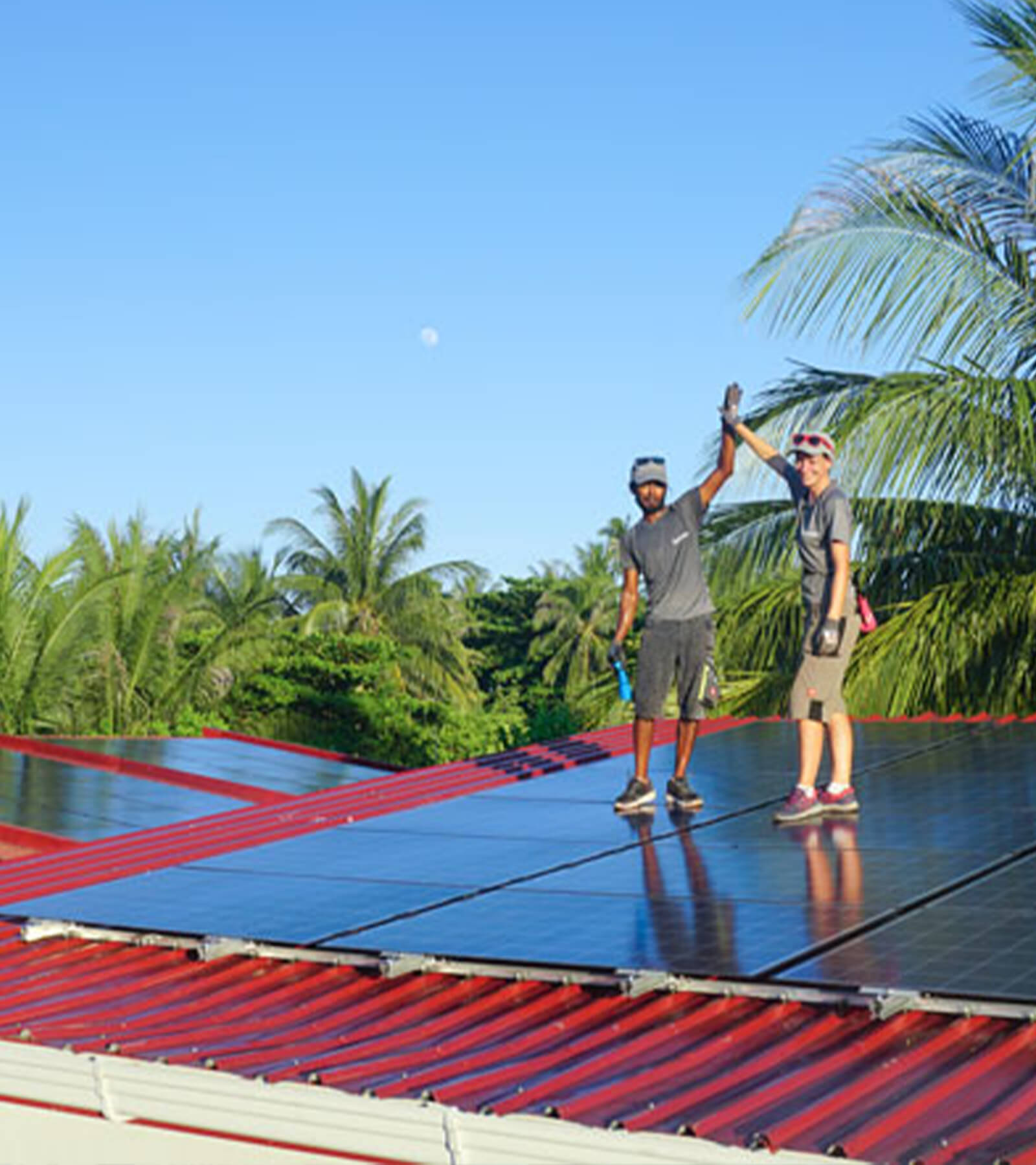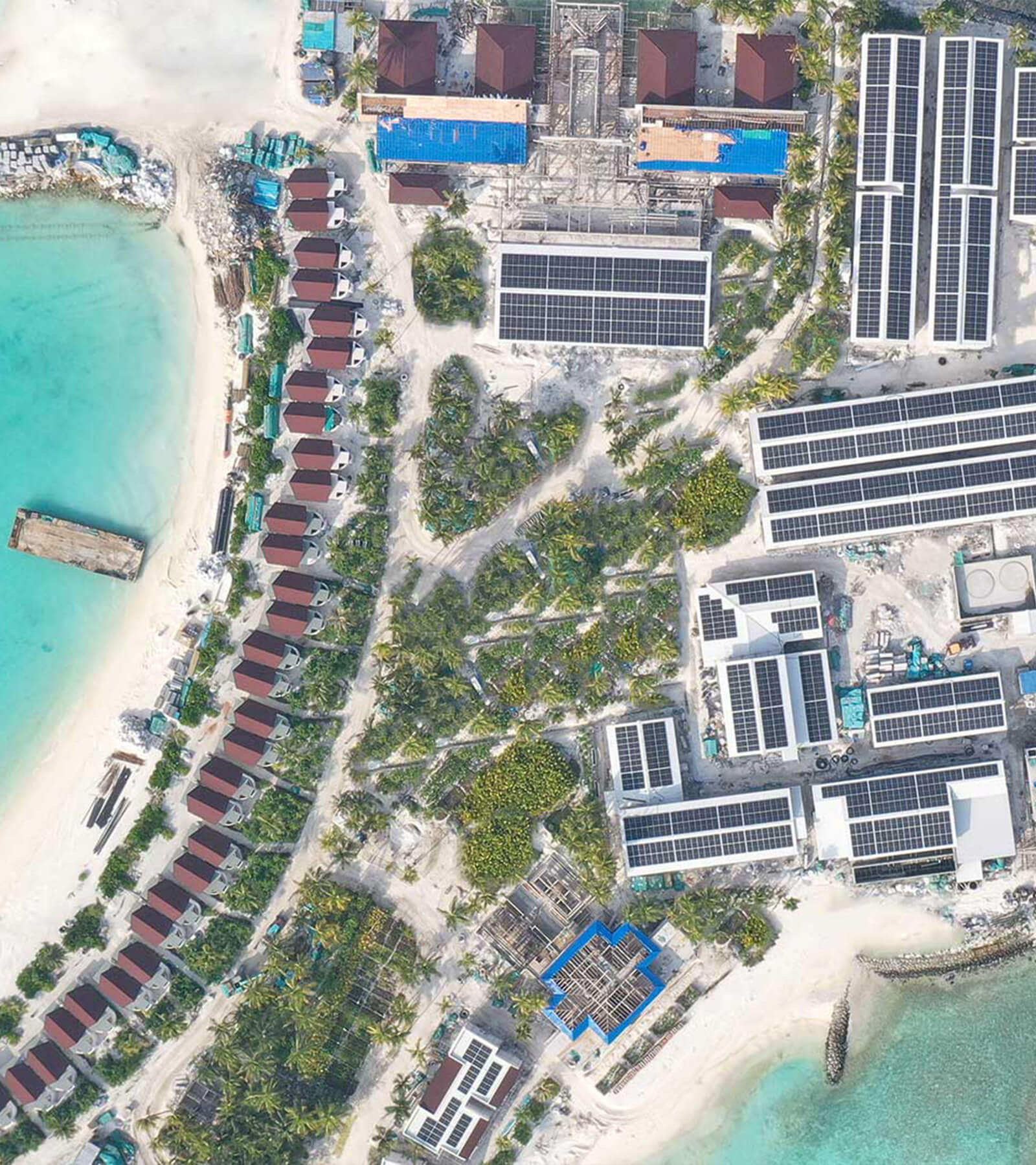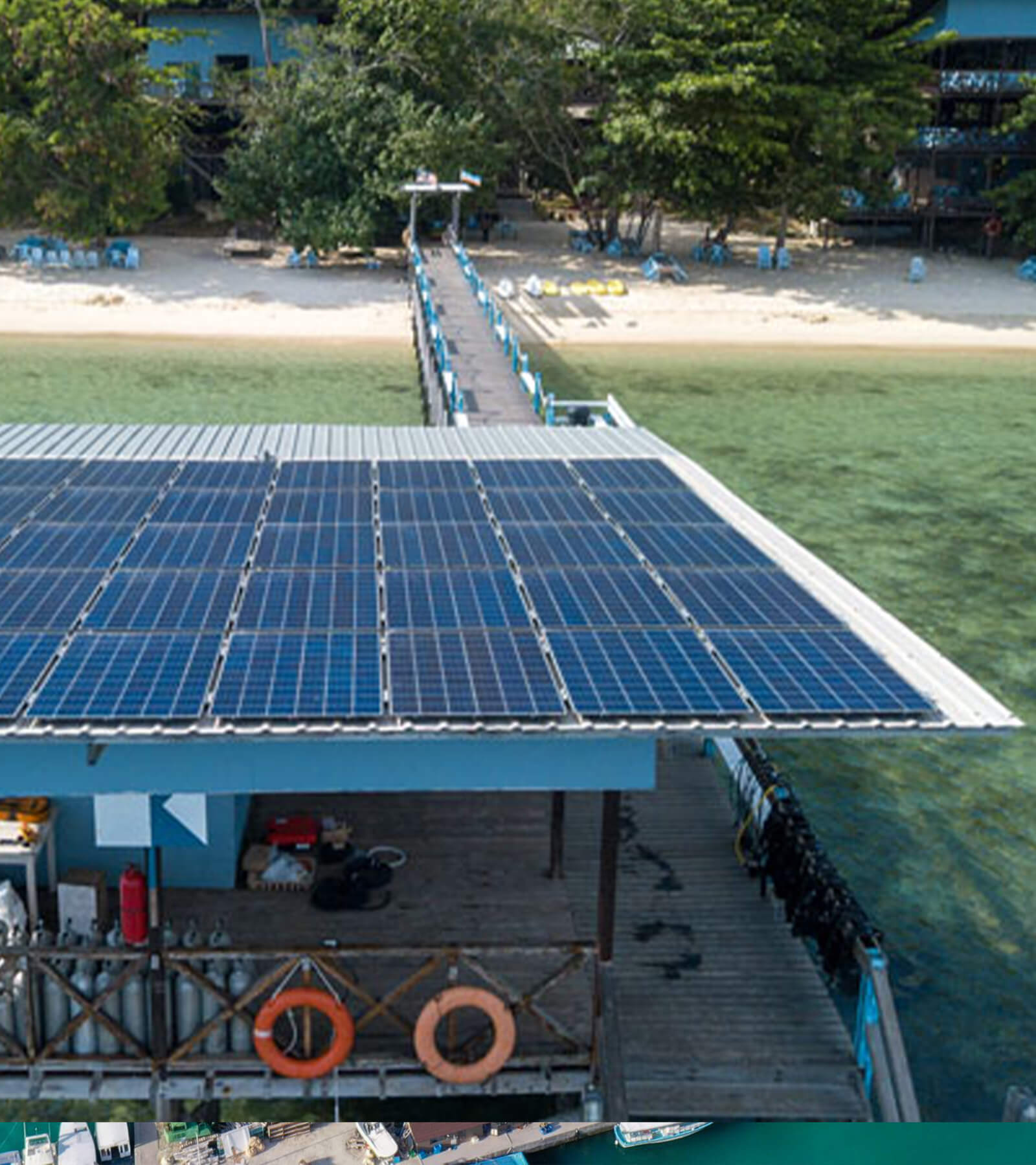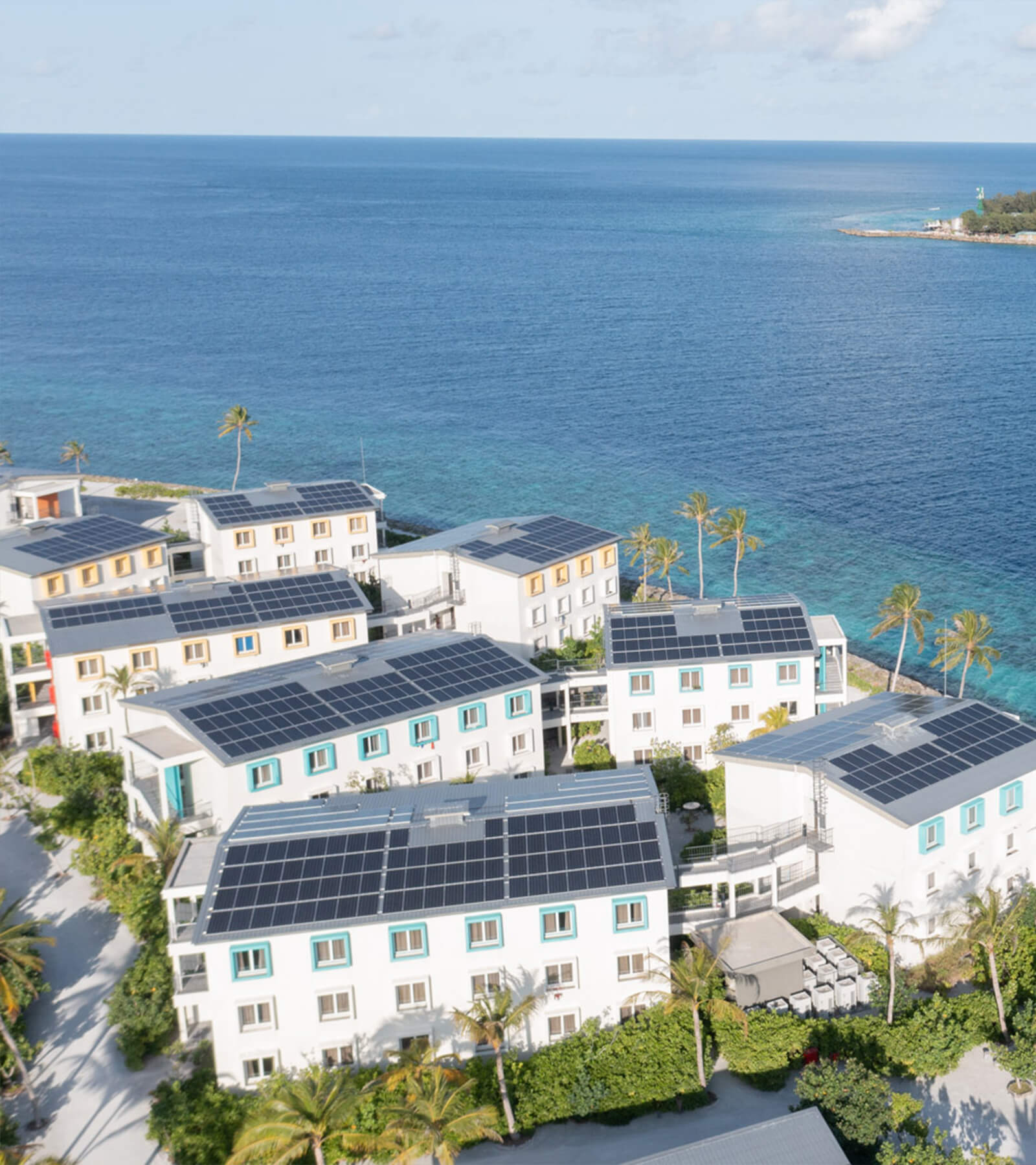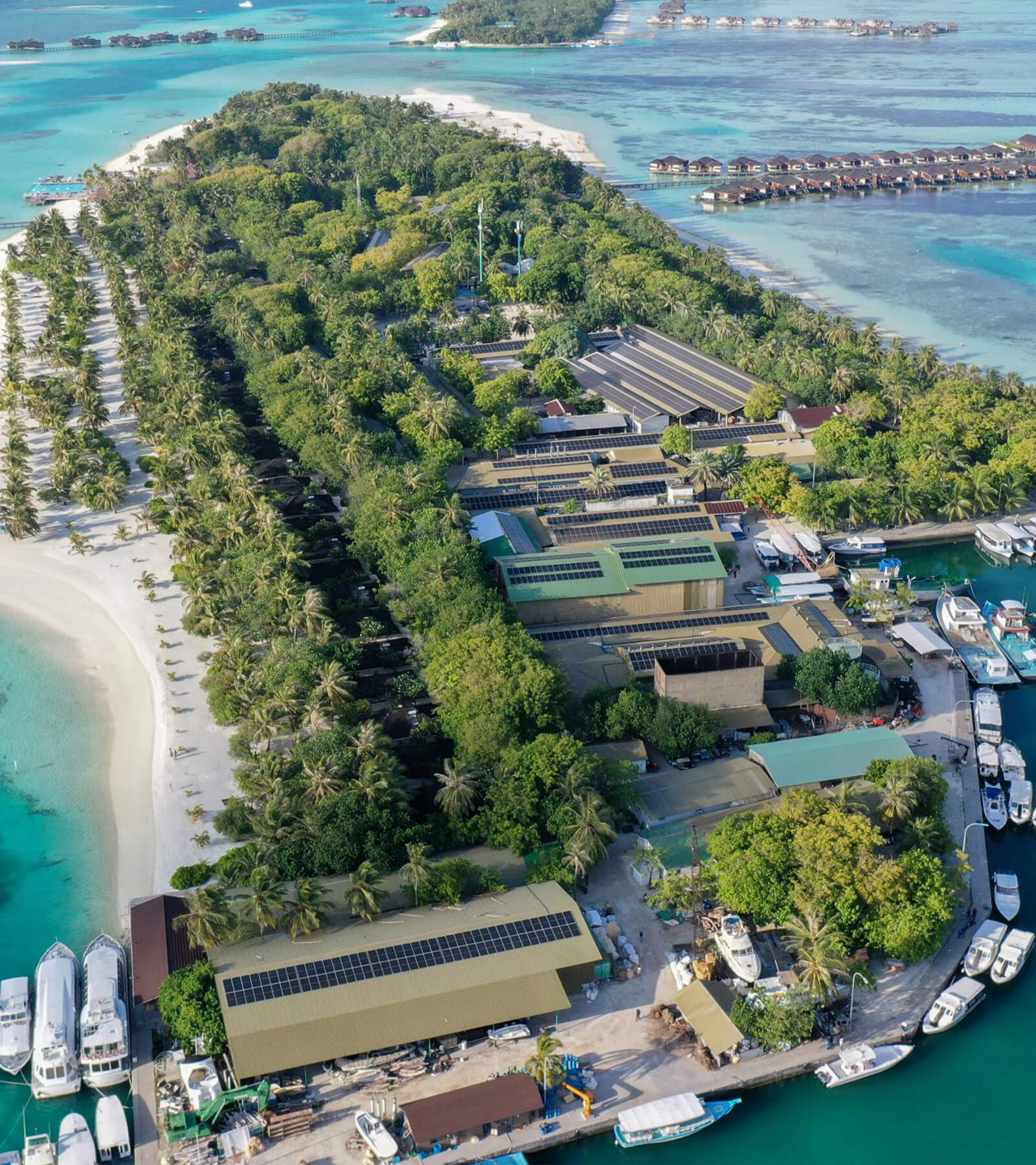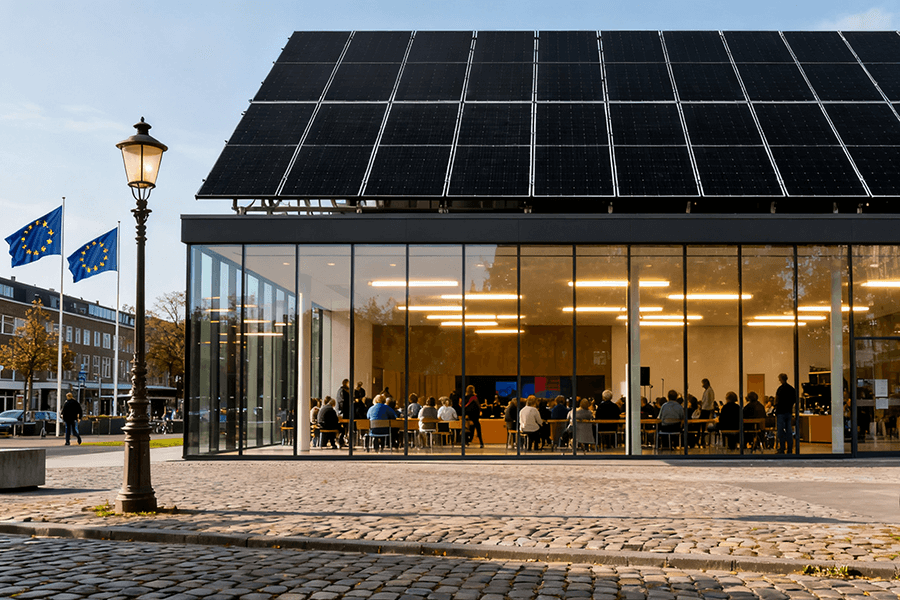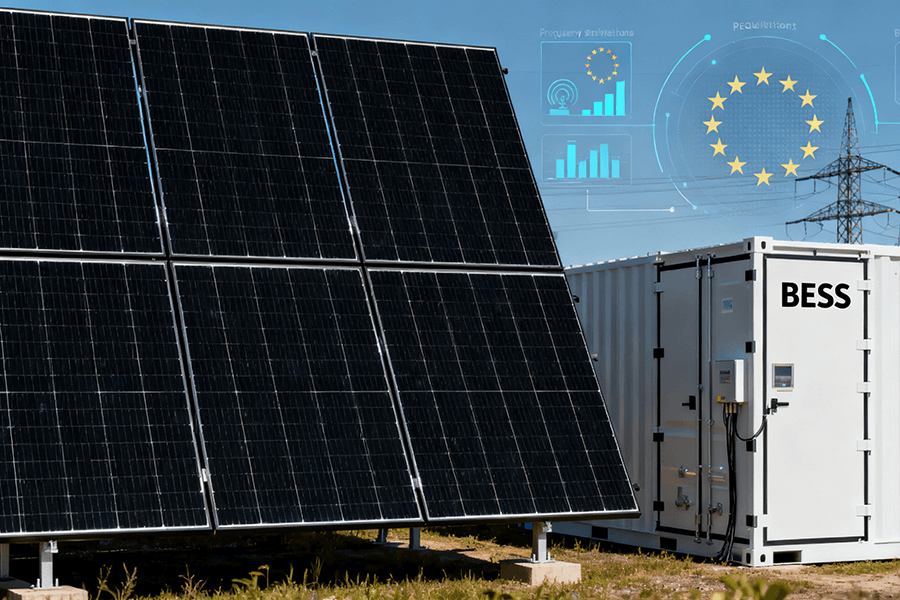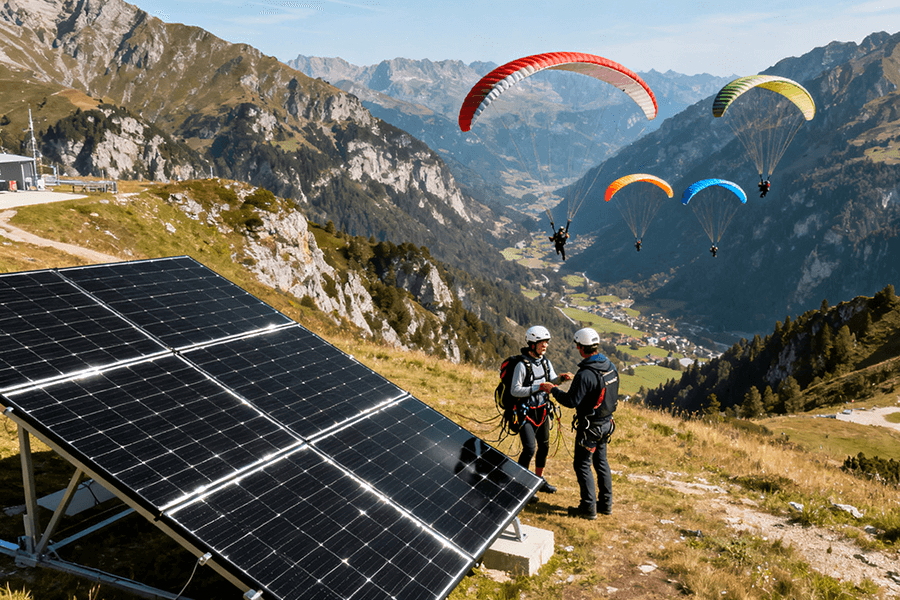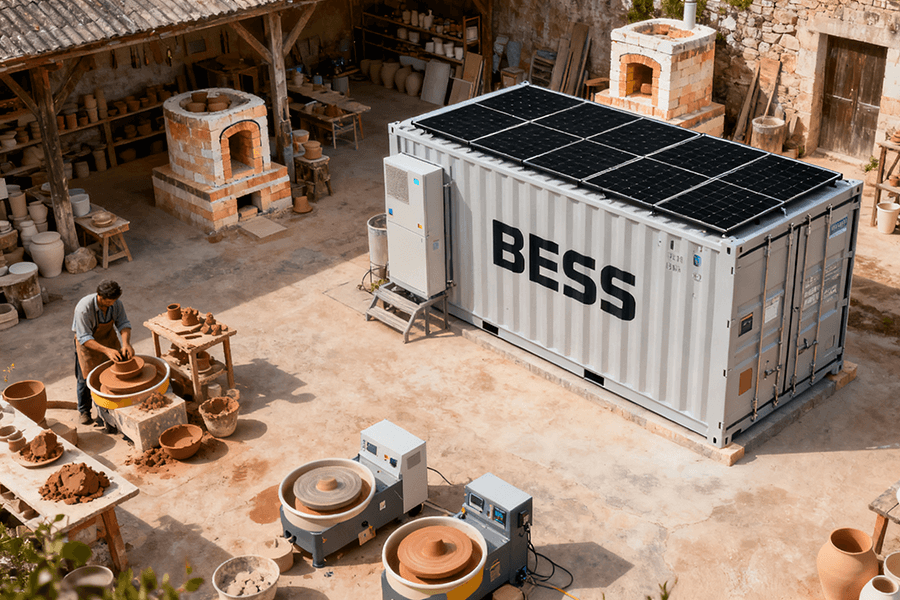In 2025’s energy storage arena, BESS container technology isn’t just evolving—it’s doing yoga. Modular designs let you scale capacity like adult LEGO (minus foot injuries), while liquid cooling treats batteries to spa-grade thermal management. Translation: 30% higher density, 20% longer lifespan, and 60% fewer ‘fiery surprises’ vs. air-cooled dinosaurs. This isn’t tech fluff: It’s about ROI, safety, and outsmarting obsolescence. At Maxbo Solar, we bake these innovations into every container—because your investment deserves upgrades, not meltdowns. Ready for a future-proof power move? Let’s chat (metaphorical margaritas optional).
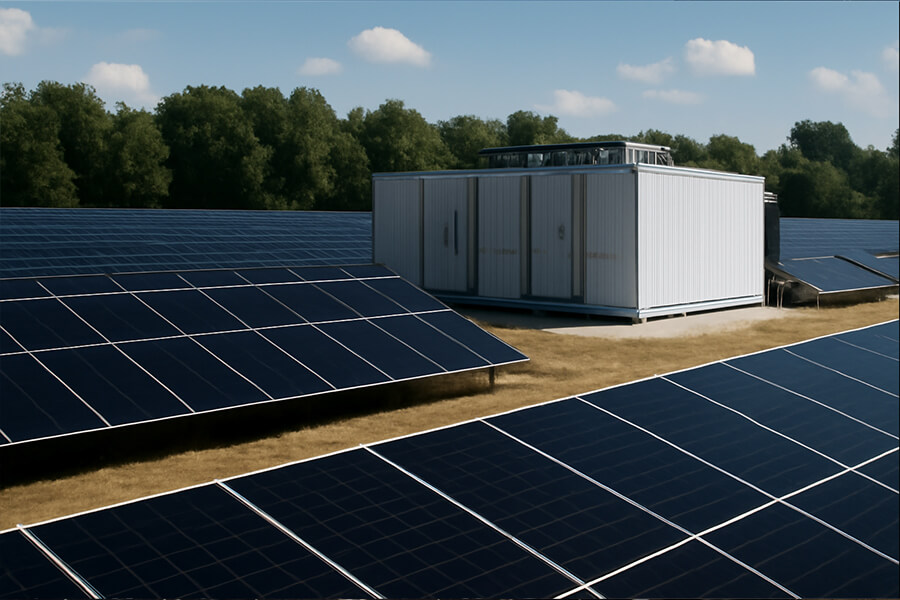
The Battery Evolution – From Dinosaurs to Transformers
Remember when “future-proof” meant buying a flip phone that lasted a whole week? Yeah, me neither. In today’s energy storage world, if your BESS container isn’t modular and liquid-cooled, it’s basically a fossil—charming at a museum but doomed in the wild. Let’s talk about why these innovations are the superhero capes your 2025 investments desperately need.
BESS containers (Battery Energy Storage Systems housed in shipping-container-sized units) are the unsung heroes of the renewable revolution. They store solar and wind energy for when the grid throws a tantrum—or when clouds decide to ruin a perfectly good sunny day. By 2025, global BESS deployments have exploded by 40% year-over-year (BloombergNEF, 2025), driven by grid instability and the planet’s collective side-eye at fossil fuels.
But not all BESS containers are created equal. The market’s flooded with clunky, one-size-fits-all boxes that age like avocados in a heatwave. The dinosaurs? Air-cooled, rigid systems that can’t scale or upgrade. The transformers? Modular + liquid-cooled titans that adapt, cool, and conquer.
Why 2025’s Grid Demands Smarter Tech
| Dinosaur Systems | Transformer Systems |
|---|---|
| Fixed capacity → $500k+ to replace | Modular: Scale like LEGO 🧱 |
| Air cooling → “BBQ mode” in heatwaves | Liquid cooling → “Spa mode” 💆♂️ |
| 15% efficiency loss at 35°C (NREL, 2024) | <5% loss even at 45°C |
| 1.2x more safety incidents (DNV, 2025) | 60% lower risk |
Forget overheating laptops and battery meltdowns. The future is modular magic (swap tech faster than a TikTok trend) and liquid-cooled zen (batteries sipping margaritas, not sweating bullets).
So, grab your virtual hard hat—let’s dive into the tech turning investor headaches into high-fives.
Key Features & Data Breakdown
- Growth Surge: 2025’s 40% BESS boom = $32B market (Wood Mackenzie, 2025), driven by EU green deals and US tax credits.
- Efficiency Pain Point: Air-cooled systems waste $85,000/year in energy losses per 10 MWh site (NREL).
- Safety Stats: Liquid cooling slashes fire risks to <0.001% vs. air cooling’s 0.0025% (DNV).
Why This Matters for Your Wallet
Sticking with “dinosaur” BESS? Expect 15-20% higher lifetime costs (BloombergNEF). Future-proofing isn’t luxury—it’s survival.
Modular Architecture – The LEGO Blocks of Energy Storage
Picture this: You’re handed a box of LEGO. Instead of rebuilding the entire castle because one tower’s outdated, you just snap in a new dragon-guarded turret. Modular BESS containers? Same energy. It’s like adult LEGO, but with fewer foot injuries and way more kilowatts. Snap in a new battery module, and boom—your storage capacity doubles without summoning a team of engineers like it’s a Marvel-level emergency.
What Modular Design Actually Means
Modular BESS containers use standardized, swappable components (battery racks, inverters, control systems). Think hot-swappable tech upgrades—no forklifts, no demolition crews.
Real-World Perks: Data Doesn’t Lie
| Traditional BESS | Modular BESS |
|---|---|
| “Rip-and-replace” system overhauls | Plug-and-play capacity boosts |
| 6-12 months for capacity expansion | 50% faster deployment (Fluence, 2025) |
| $180,000+ downtime costs per upgrade | 70% less downtime (NREL, 2024) |
| Capex: $480/kWh for full replacements | 15-20% lower lifetime capex (Wood Mackenzie, 2025) |
Why Your Wallet and Grid Will Thank You
-
Scaling Made Silly-Simple:
Start with 1 MWh. Need 10 MWh next year? Add modules incrementally—like slotting LEGO bricks. Fluence projects 50% faster deployments for modular sites, slashing labor costs by ~$120,000 per project. -
Upgrades Without the Ugly Cry:
Swap 2025’s lithium-ion for 2027’s solid-state batteries without scrapping the container. NREL confirms modular swaps reduce downtime by 70%—saving operators ~$85,000/day in lost revenue. -
Cost Efficiency That Actually Adds Up:
Wood Mackenzie estimates modular systems cut 15-20% off 10-year capex. Translation: Save ~$1.2M per 10 MWh project. Cha-ching.
2025’s Cutting Edge: AI Joins the LEGO Party
Modular isn’t just physical—it’s smart. AI-driven predictive maintenance (like Siemens’ Gridscale X) now auto-flags weak modules before they fail. “Plug-and-play” meets “predict-and-prevent.”
“It’s the difference between a rigid brick and a Swiss Army knife. Both useful, but one won’t leave you stranded when tech evolves.”
Liquid Cooling – Because Batteries Deserve a Spa Day
Air cooling is like trying to extinguish a bonfire with a handheld fan—sweaty, futile, and likely to end in tears (or smoke). Liquid cooling? That’s a five-star thermal retreat: Your batteries lounge in chilled bliss, sipping metaphorical margaritas while boosting performance. Let’s decode why 2025’s BESS elite treat thermal management like a wellness ritual.
Air vs. Liquid: The Spa vs. Sweat Lodge
| Air Cooling | Liquid Cooling |
|---|---|
| Fans blowing hot air (BBQ mode 🔥) | Fluid loops (glycol/water) absorbing heat (Spa mode 🧊) |
| 20-30% lower upfront cost | Higher initial investment, 25% lower TCO (Wood Mackenzie, 2025) |
| Efficiency plummets above 35°C | Stable performance at 45°C+ |
| 0.0025% fire incident rate | 60% fewer incidents (DNV, 2025) |
Why Liquid Cooling Dominates 2025’s BESS Scene
-
Energy Density Supercharge:
Liquid-cooled systems pack 30% more storage in the same footprint. Tesla’s Megapack 2XL fits 5 MWh into a container where air-cooled rivals squeeze just 3.8 MWh (Tesla Q1 2025 Update). Ideal for space-starved urban sites. -
Longevity Boost:
Uniform cooling slashes battery degradation, extending lifespan by 15-20% (NREL, 2024). Fewer replacements = more margarita money. -
Safety First:
Liquid cooling quashes “thermal runaway” tantrums. DNV confirms 60% lower fire risk vs. air systems. Sleep soundly—your site won’t moonlight as a fireworks show. -
Thermal Zen Mastery:
Maintains peak efficiency from -30°C to 50°C. No sweat during heatwaves or polar vortices—like climate control for your electrons.
Air Cooling’s Obituary (RIP 2010-2025)
Clinging to air cooling in 2025? That’s like using a typewriter for Slack messages. Charming? Maybe. Strategic? Absolutely not.
- Heatwave Havoc: Air-cooled systems lose 15% output at 40°C (NREL), while liquid systems hum along at 98% efficiency.
- Scale Fail: Air cooling chokes above 4 MWh—liquid handles 20 MWh+ without breaking a sweat (BloombergNEF, 2025).
- Market Shift: 78% of new >5 MWh projects now opt for liquid cooling (IHS Markit, 2025).
Transition to ROI Section
So, modular design + liquid cooling = a superhero duo. But what’s the real superpower? Cold, hard cash. Let’s break down why this combo is your wallet’s BFF.
Section 3: Why This Is Your Investment’s Secret Superpower
Investing in non-modular, air-cooled BESS is like buying a Ferrari with no brakes—thrilling until it wraps around a tree. Future-proof systems? They age like Bordeaux in a cellar: appreciating while rivals sour like expired milk. Let’s unpack why modular + liquid-cooled isn’t just smart—it’s your portfolio’s insurance against obsolescence.
Long-Term Performance: Outsmarting Tomorrow’s Tech
| Static Systems | Future-Proof Systems |
|---|---|
| Tech locked in 2025 specs | Modular swaps: Integrate AI forecasting, solid-state batteries, etc. |
| 15% downtime during heatwaves | 25% higher uptime in extremes (BloombergNEF, 2025) |
| Efficiency drops 20% after 5 years | Liquid cooling maintains >95% efficiency for 10+ years |
Key Weapons Against Obsolescence:
- Modular Upgrades: Slot in 2028’s quantum-enhanced controllers like changing a lightbulb.
- Thermal Fortitude: Liquid cooling handles -30°C to 50°C—your electrons won’t sweat climate chaos.
Value Proposition: Where Money Talks Louder Than Tech
-
Cost Slaughterhouse:
- 20-30% lower lifetime costs over 15 years (Wood Mackenzie, 2025).
- Savings drivers: 40% fewer part failures, deferred replacements (liquid cooling extends lifespan 15-20%).
-
Scalability = Agility:
- Ramp from 5 MWh to 50 MWh as tariffs shift or solar farms bloom—no $2M rebuilds.
- It’s the financial escape hatch: pivot faster than policy changes.
-
Regulatory Goldmine:
- EU Green Deal subsidies add $35/kWh for high-efficiency systems (European Commission, 2025).
- US tax credits cover 30% of capex if efficiency >85% (DOE, 2025).
-
Sustainability Edge:
- 20% longer lifespan = 500 tons less e-waste per 100 MWh (IEA, 2025).
- In 2025, “green” isn’t virtue signaling—it’s license to print cash.
The Big Picture: Thriving, Not Just Surviving
“Future-proofing isn’t a luxury—it’s the difference between leading the energy transition and funding someone else’s.”
- Investor ROI: Projects with modular+liquid BESS attract 12-15% higher valuations (Goldman Sachs, 2025).
- Grid Impact: 25% uptime boost = $4.2M extra revenue per 100 MWh annually (BloombergNEF).
Conclusion & Introducing Maxbo Solar
So, let’s cut to the chase: Modular BESS containers let you scale storage like a pro gamer levels up—no demolition crews, no financial panic attacks. Liquid cooling? That’s your batteries’ VIP spa day, banishing meltdowns while boosting density and lifespan. Together, they’re your ticket to a resilient, high-ROI energy future. No crystal ball needed.
Think of it as upgrading from a flip phone to a hologram device. Your investments deserve that kind of glow-up.
Now, I know what you’re thinking: “This all sounds great, but where do I find this wizardry?”
Hi there—I’m Maxbo Solar. We’re not just talking the talk; we’re walking the walk (and occasionally dancing a victory jig) in the BESS arena.
Why We’re Your Future-Proof Partners
| Standard BESS | Maxbo Solar’s Solution |
|---|---|
| Rigid, hard-to-upgrade systems | Modular magic: Swap tech like updating an app |
| Air-cooled “BBQ mode” 🔥 | Liquid-cooled serenity: 30% higher density (Tesla Benchmark) |
| 15-year lifespan with 20% degradation | 20% longer lifespan, <10% degradation (NREL Validation) |
| 0.0025% fire risk | Near-zero incidents: Advanced thermal runaway containment (DNV Certified) |
We’ve pioneered this tech since day one. Our containers deliver:
- Plug-and-play scalability: Go from 5 MWh to 50 MWh faster than you can say “revenue boost.”
- Military-grade safety: Sleep easy knowing your site won’t moonlight as a bonfire.
- Profit-optimized design: Slash 20-30% off lifetime costs (Wood Mackenzie) while qualifying for EU/US subsidies (up to $35/kWh).
“Your investments should be as future-proof as a time capsule with Wi-Fi.”
Ready for Your Energy Glow-Up?
Don’t let your storage system become a museum relic. Embrace the rise of modular + liquid-cooled BESS with us. Swing by www.maxbo-solar.com for a deep dive—or just to say hi. Let’s build a smarter, cooler energy world together.
Cheers to investments that age like Bordeaux, not bananas. 🥂
Why Maxbo Solar? Quick Stats
- ✅ 30% higher density vs. industry avg.
- ✅ 20% longer lifespan (15-20 years)
- ✅ $1.8M saved per 20 MWh over a decade
- ✅ Zero downtime upgrades
Data sourced from independent 2025 reports. No fluff, just facts.

